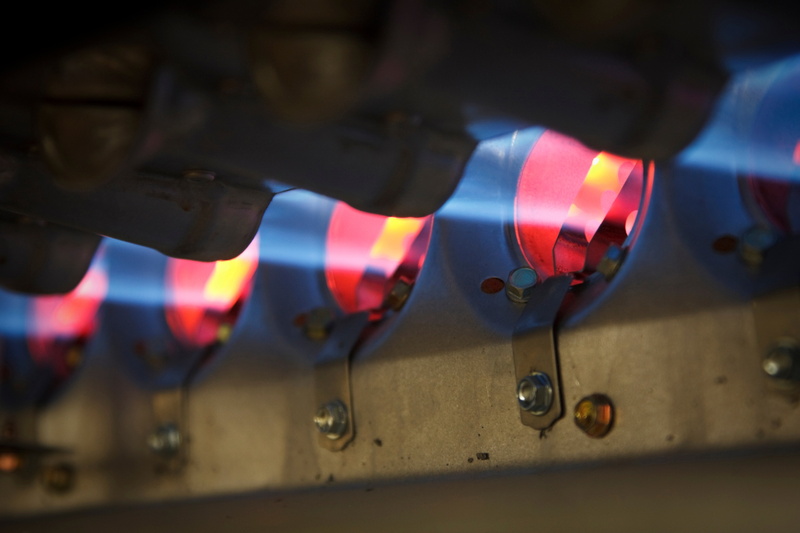
Do you use a gas-powered furnace in your home? Well, then there is one safety risk that is essential you know. This isn’t to say that that gas furnaces are inherently dangerous—they’re not! But there is a component within it that can be dangerous if you ignore it for too long, and that’s its heat exchanger.
Like most powerful appliances or any type of equipment that creates combustion gases, a furnace can potentially create health hazards if it’s not regularly maintained, or repaired as soon as symptoms of a malfunction appear.
Cracked heat exchangers aren’t a problem that typically afflicts new furnaces—old gas-powered heaters are more prone to such a problem. When we say old, we mean about 10-15 years—this is the average lifespan for a well-maintained furnace.
More about Your Heat Exchanger
The heat exchanger is a vital component of your natural gas furnace. It’s the spot where the heat from the combustion gas transfers to the air from the blower fan, which moves into the ventilation system. This combustion gas can’t come into direct contact with the air, otherwise unhealthy fumes would end up finding their way into your living space.
Rather, the combustion gas enters the heat exchanger, a metal, clam-shaped chaber. The heat of the combustion gas raises the temperature of the metal, and as the air form the blower passes around it, heat transfers to it.
In other words, the heat exchanger is what makes it possible for a furnace to actually heat your home.
The Problem with a Cracked Heat Exchanger
A cracked heat exchanger enables exhaust fumes to get into the heat exchanger and leak into the air. The most toxic of these fumes is carbon monoxide, which can cause severe health problems or even fatality. When it’s in good condition, the furnace sends the fumes out a flue, but a crack can allow some to seep out.
But what causes this problem? The most likely cause is corrosion. The reaction between the metal of your heater and the combustion gas over time causes that metal to become weakened. This is why it’s something to watch out for in an older furnace. Even the smallest crack in your heat exchanger can be a problem, since it will open wider as the heat exchanger turns hot and expands.
How can you detect a cracked heat exchanger? If you had your furnace maintained this year, your technicians will have checked for this. If not, however, it’s important for you to know what signs to look for. Or rather, what to listen for. If you detect a clicking noise coming from your furnace after the blower shuts off, you may likely have a cracked heat exchanger.
Whenever you suspect any sort of problem with your furnace, no matter how minor it may seem, the best thing you can do is call for professional services. We’ll repair the issue and be able to tell you if your furnace is nearing the time it needs to be replaced.
For expert furnace repair in Glenview, IL, contact Shavitz Heating and Air Conditioning today!


